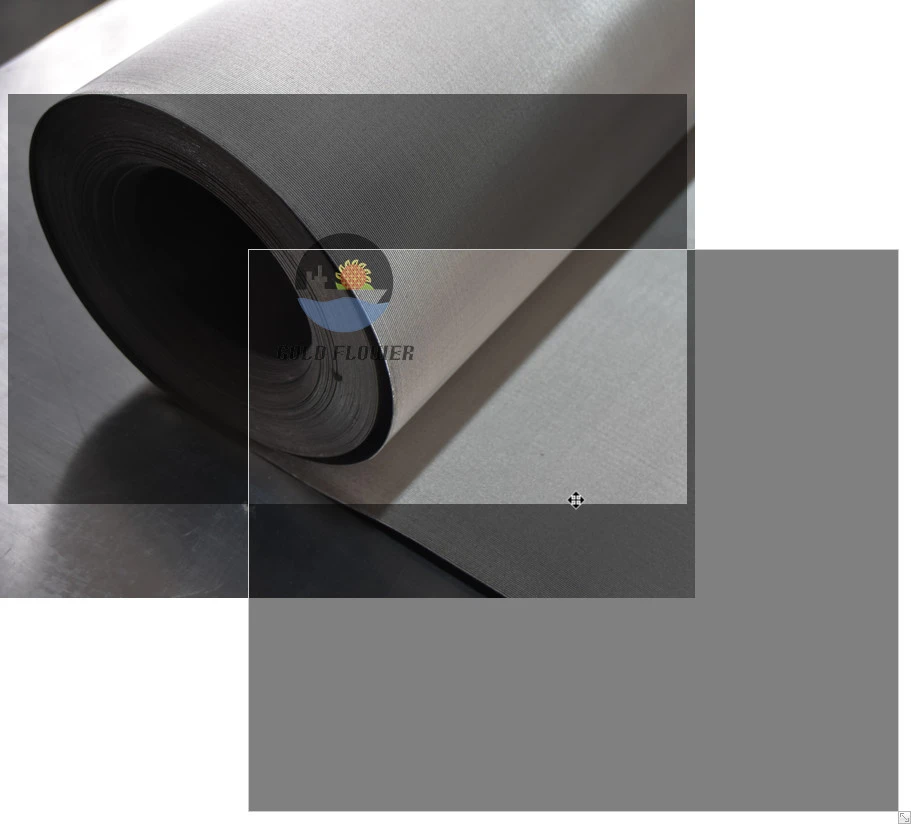жнів . 21, 2024 19:55 Back to list
Understanding the Benefits and Applications of Woven Mesh in Various Industries
The Versatility of Woven Mesh Applications and Advantages
Woven mesh is a remarkable product that has gained widespread usage across diverse industries due to its unique properties and flexibility. Made by interlacing threads or wires in a crisscross pattern, woven mesh can be composed of various materials, including metal, plastic, and fabric. This article explores the applications, advantages, and significance of woven mesh in today's world.
One of the most prominent applications of woven mesh is in construction and architecture. Steel woven mesh is often used in concrete reinforcement, providing structural integrity to buildings, bridges, and other infrastructures. The mesh acts as a framework that can enhance the tensile strength of concrete, making structures safer and more durable. Additionally, woven mesh is utilized in facades and screens, allowing architects to create visually appealing designs while ensuring ventilation and light penetration.
In the realm of filtration, woven mesh is indispensable. Its precise and customizable openings make it ideal for separating different materials, liquids, or gases. Industries such as food and beverage, pharmaceuticals, and water treatment rely on woven mesh filters to maintain product quality and safety. For example, in the brewing industry, woven mesh is used to filter out impurities from beer, ensuring a clear and high-quality beverage.
Woven mesh also finds applications in the agricultural sector, where it serves numerous purposes. In gardening and landscaping, woven mesh can be used for trellising plants, allowing them to climb and grow effectively. It also helps in creating protective enclosures for crops, safeguarding them from pests and harsh weather conditions. The use of woven mesh in livestock management, such as fencing, ensures the safety of animals while allowing for proper ventilation and light.
woven mesh

Moreover, woven mesh has made a significant mark in the textile industry. It is used in producing garments, upholstery, and various types of industrial textiles. The breathable nature of woven fabric makes it an excellent choice for sportswear and outdoor clothing, providing comfort and allowing moisture to escape. Additionally, the aesthetic versatility of woven patterns enhances the visual appeal of clothing and home décor items.
Another notable advantage of woven mesh is its lightweight nature combined with remarkable strength. This property is essential in various applications, including aerospace and automotive industries, where materials need to be light yet durable. The mesh can be engineered to fit specific strength requirements, making it suitable for components that demand precision and reliability.
Sustainability is becoming an increasingly important factor across industries, and woven mesh can play a role in this transition. Many manufacturers are exploring eco-friendly materials for woven mesh production, contributing to reduction in plastic waste and encouraging recycling efforts. The durability of woven mesh also means it has a longer lifespan than other materials, reducing the frequency of replacement and environmental impact.
In summation, woven mesh is an incredibly versatile product that serves a multitude of functions in various industries. Its applications in construction, filtration, agriculture, textiles, and more highlight its significance and essential role in our daily lives. As technology continues to advance, the reach and innovation surrounding woven mesh will likely expand, paving the way for new applications and sustainable practices. Whether enhancing the structural integrity of buildings or filtering liquids, woven mesh remains a vital component of modern engineering and design.
share
-
CE Certified 250 Micron Stainless Steel Mesh - Durable Filter
NewsAug.02,2025
-
Screen Mesh Price Deals | gpt-4-turbo Optimized Pricing
NewsAug.01,2025
-
CE Certified 250 Micron Stainless Steel Filter Mesh | Premium
NewsJul.31,2025
-
CE Certified 250 Micron Stainless Steel Mesh | Premium Filter
NewsJul.31,2025
-
CE Certification Buy Wire Mesh Fence for High Security and Durability
NewsJul.30,2025
-
Stainless Steel Mesh Filter Discs for Precise Filtration Solutions
NewsJul.29,2025

